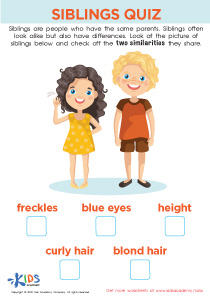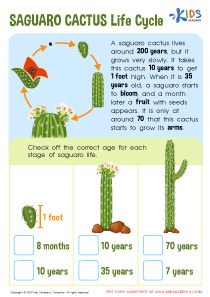Categorizing animals Normal Science Worksheets for Ages 3-9
3 filtered results
-
From - To
Introduce young learners to the wonderful world of animals with our "Categorizing Animals Normal Science Worksheets for Ages 3-9." Specially designed to engage curious minds, these worksheets help children identify and sort animals based on different characteristics. Through fun and interactive activities, kids will enhance their understanding of the animal kingdom, improve their observation skills, and learn to classify animals by habitat, diet, and species. Perfect for preschool to early elementary school students, our worksheets offer a wonderful blend of education and entertainment, sparking a lifelong interest in science and the world around them.


Studying Fossils Worksheet
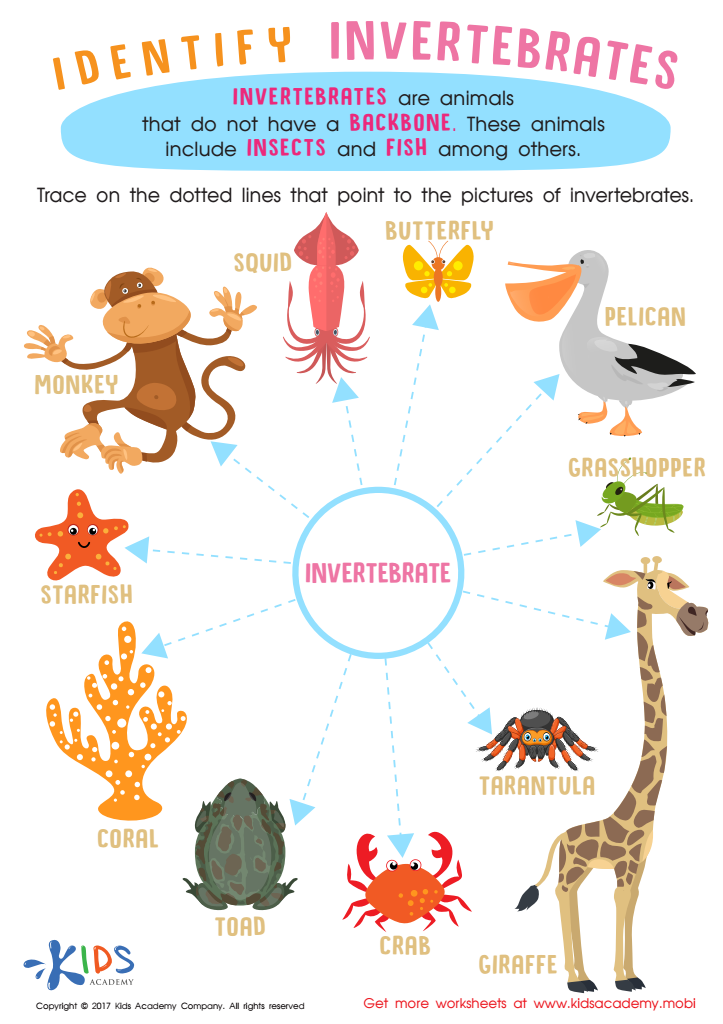

Invertebrates Worksheet for Grade 3
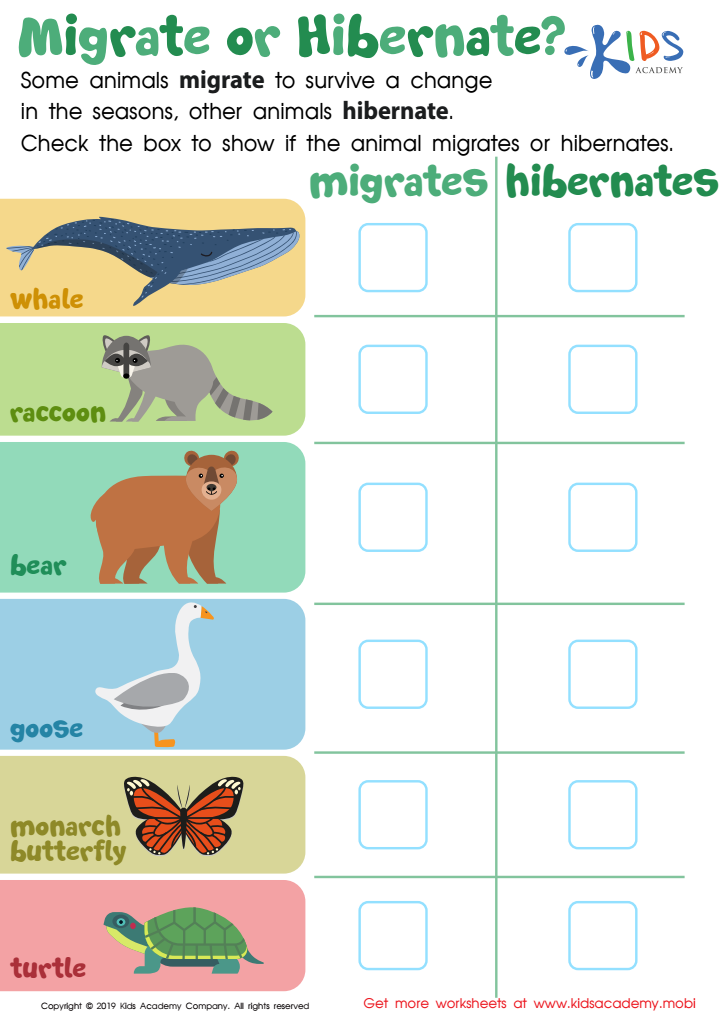

Migrate or Hibernate? Worksheet
Categorizing animals is a crucial component of early science education for children aged 3-9 because it fosters critical thinking, observation skills, and a foundational understanding of the natural world. At this age, children are naturally curious and eager to explore their surroundings. By engaging in activities that involve sorting and categorizing animals, they learn to notice patterns, similarities, and differences. This kind of structured exploration enhances their cognitive skills, such as comparing, contrasting, and classification.
Categorizing animals also helps children develop vocabulary and language skills. When they learn the names and characteristics of different animals, they not only expand their word bank but also improve their ability to describe and communicate their observations clearly. This is fundamental to developing literacy skills.
Moreover, understanding how animals are grouped based on characteristics such as habitat, diet, and physical traits introduces children to basic biological concepts and the idea of scientific classification systems. This groundwork builds a frame of reference for more complex scientific concepts they will encounter later in their education.
Lastly, fostering an appreciation for diverse animal life can encourage a sense of wonder and responsibility towards nature and the environment. Children who grow up learning about and caring for animals are more likely to value conservation and sustainability as they mature. Thus, categorizing animals is a multifaceted educational tool that supports holistic development.
 Assign to My Students
Assign to My Students


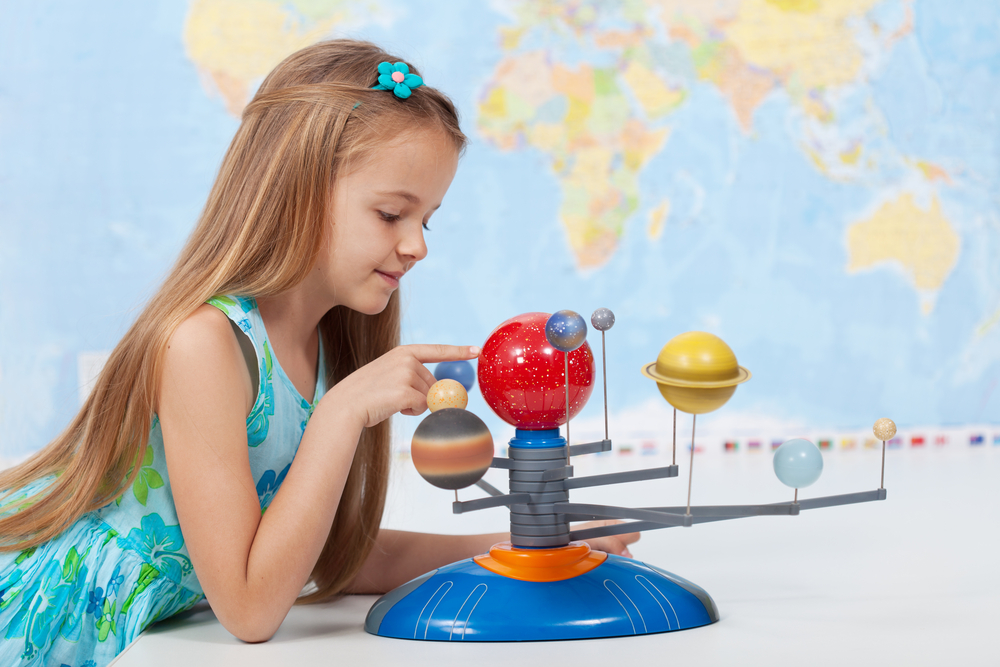
%20(1).jpg)





